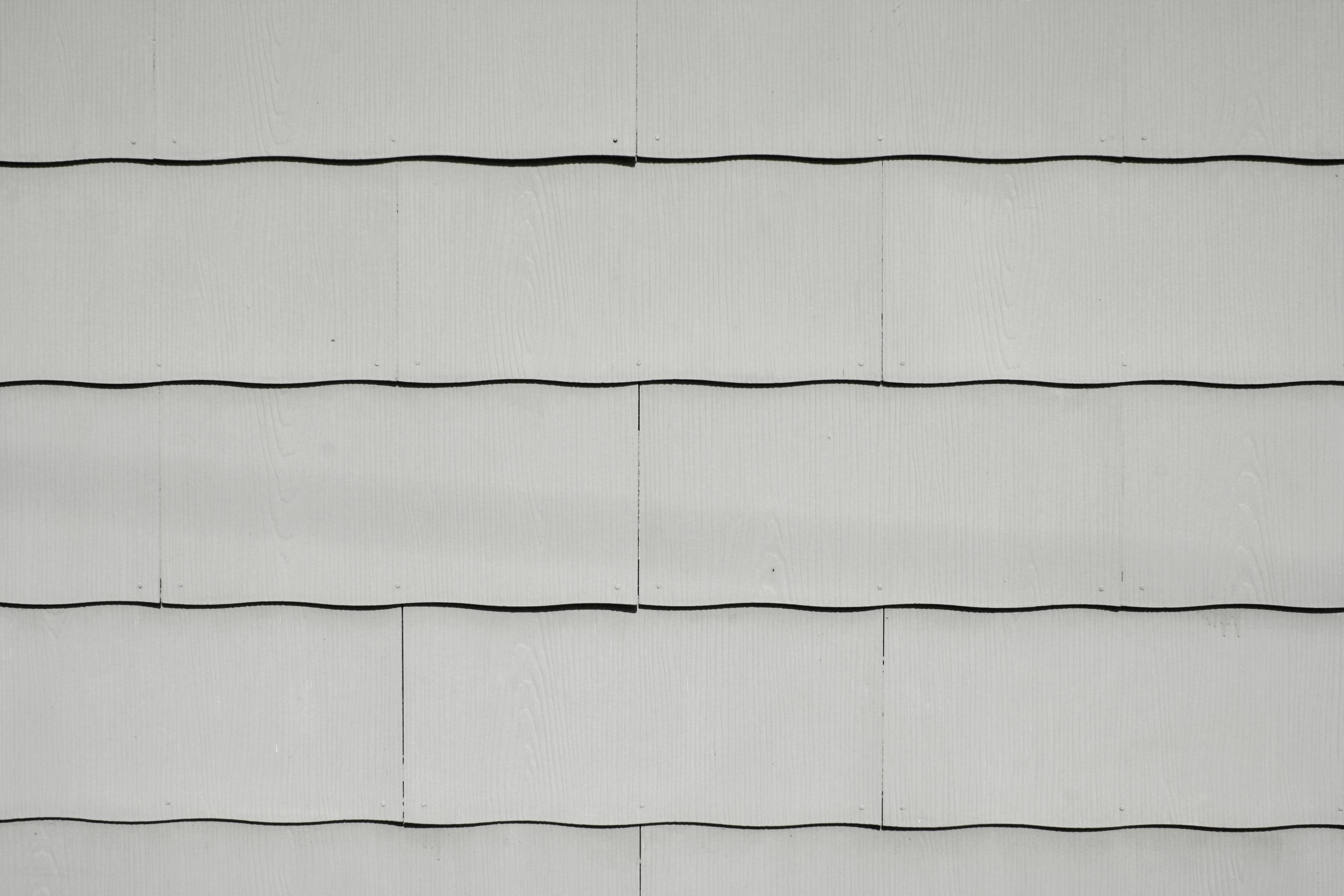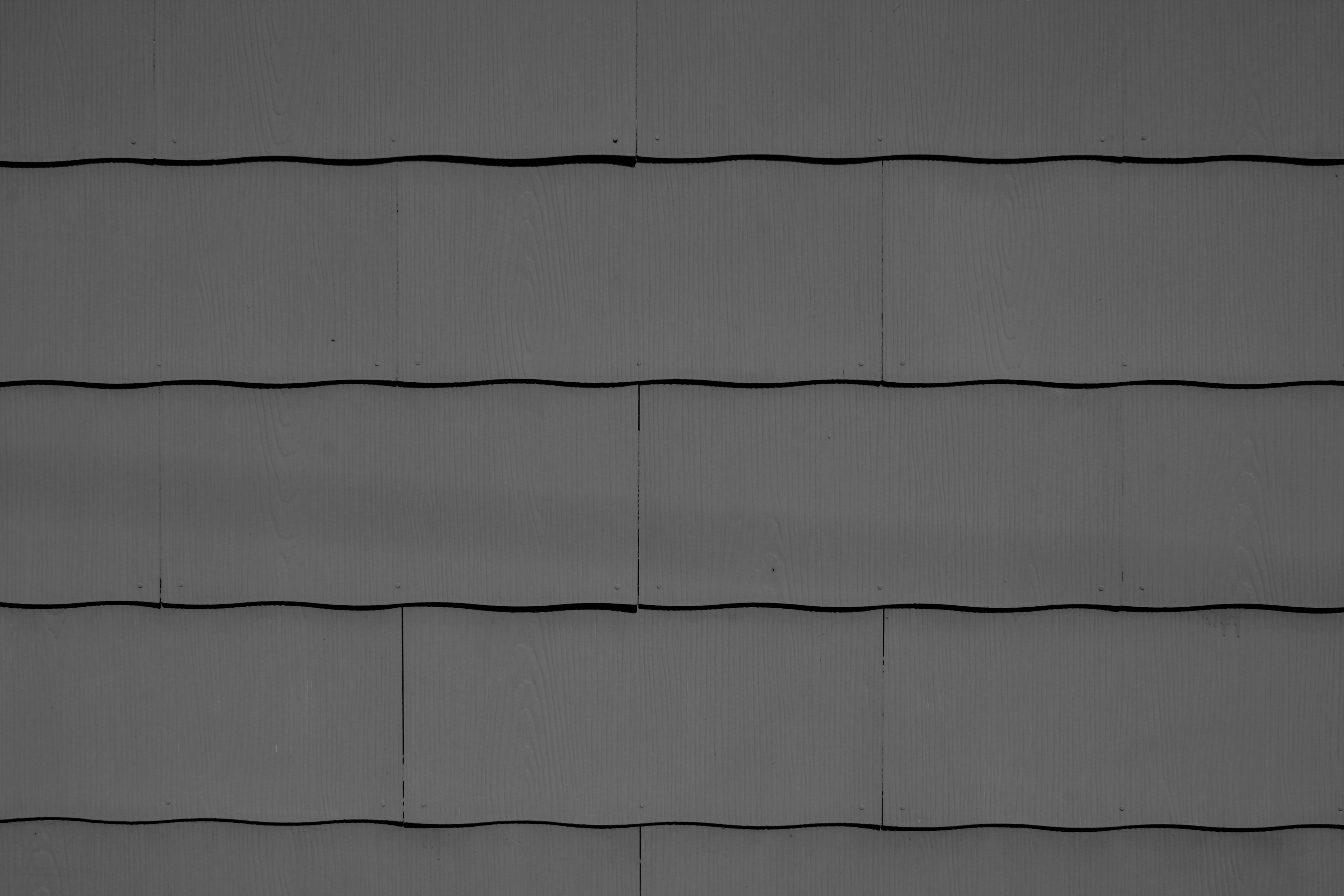These shingles are generally 12 by 24 inches and the bottom tends to have a wave like pattern though that is not always the case.
Do siding shingles from 1950 have asbestos in them.
Do not throw or drop removed asbestos siding.
Work from the top down removing the snails to keep from breaking the asbestos siding.
If you do somehow end up with those shingles remaining on your house we doubt they will affect your sale.
These shingles are a fact of life in that area and for houses of the early and mid 20th century.
Shingles made with asbestos are only expected to last for 30 years.
It should be remembered that the danger arises once the cement layer starts to disintegrate and the asbestos fibers surface.
If your siding fits either of these descriptions you should consider having it tested.
Just having asbestos siding and roofing on your home does not pose a hazard to your health.
Covering old asbestos shingles with new siding may seem like an option too but it s not easy to do safely.
Asbestos cement roofing siding history dates codes patents give a history of cement asbestos siding roofing product use.
Shingles placed on a roof before the mid 1980s might contain asbestos.
However asbestos fibers can cause serious lung and respiratory problems if inhaled.
Cementitious siding installed after 1973 is very unlikely to contain asbestos.
Asbestos containing roofing and siding in good condition are best left alone.
The use of asbestos siding shingles was a popular one that was used in the us from the early part of the 20th century until the 1970s.
We include research articles as well as patent citations that help trace the use of asbestos cement in and on buildings from the late 1800 s to the present.
Removing shingles can be safe.
Lead paint wasn t outlawed until 1978 so it s sure to be present on siding going back to the 1950s.
It is virtually impossible for anyone but a trained professional with a high powered microscope to tell definitively whether a shingle contains asbestos.
These materials are known as fiber cement siding and they contain no asbestos.
Let the siding dry then prime and paint with the best exterior latex you can find.
Wrap asbestos siding in 6 mil thick plastic sheeting and secure the plastic with duct tape or place the debris in heavy duty plastic bags.
Damaged roofing and siding should be carefully repaired.
Testing your siding for asbestos.
Homes built between 1920 and the 1960s are likely to contain asbestos in any cementitious siding tiles.
Asbestos shingles are relatively strong but brittle.
The siding was made by combining cement with asbestos which is a naturally occurring mineral that is fibrous in nature and fireproof.
The east coast is filled with houses sided in these asbestos cement shingles.









